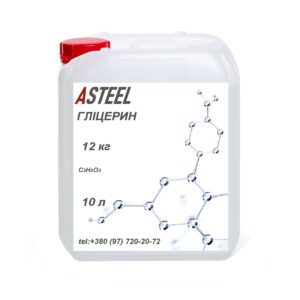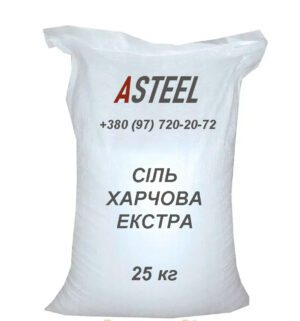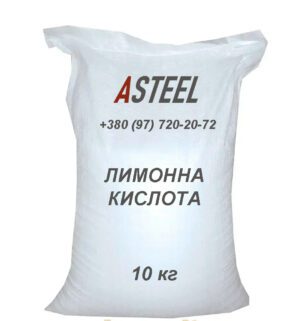Sodium Lauryl Ether Sulfate (SLES 70%)
What is SLES 70%?
Sodium Lauryl Ether Sulfate (SLES 70%) is a sodium salt of the fatty alcohol ethoxysulphates, a type of anionic surfactant in the group of ethoxylated alkyl sulfates. It is a highly effective foaming agent, widely used in cleaning and hygiene products for its ability to generate significant amounts of foam and provide efficient cleaning.
Properties:
- Chemical Formula: Na3AlF6
- Appearance: Viscous, transparent to pale yellow liquid
- Density: 1.05 g/cm³
- Molar Mass: 384 g/mol
- pH of 1% aqueous solution: 7.25
- Boiling Point: 100°C
- Freezing Point: 8-12°C
- Flashpoint: Above 94°C
- Self-ignition: 310°C
- Water Solubility: Soluble in water, forming clear solutions (may turn yellow or brown).
- Stability: Stable with acids and alkalis.
- Foam Production: Excellent foaming capabilities, even in hard water.
- Compatibility: Compatible with other surfactants, such as anionic and amphoteric surfactants.
Applications:
SLES 70% is used across a wide range of industries, primarily for its detergent properties, including:
- Personal Care Products: Liquid soaps, facial cleansers, makeup removers, shaving creams, intimate hygiene products, shampoos, shower gels, and bath foams.
- Household Cleaning Products: Dishwashing liquids, floor cleaners, glass cleaners, laundry detergents, and stain removers.
- Industrial Applications: It is also used as a foaming agent, emulsifier, and degreaser in pharmaceuticals, printing, textile, and leather industries.
- Automotive: Car cleaning products and automotive cosmetics.
Safety Considerations:
- Non-toxic and non-carcinogenic: SLES is generally considered safe when used according to guidelines.
- Skin Irritation: Concentrated solutions may cause irritation for people with sensitive skin, so it is advisable to rinse off thoroughly after use.
- Inhalation Risks: Inhalation of concentrated vapors may irritate the respiratory system.
- Handling: Use appropriate personal protective equipment (PPE) such as gloves and goggles when handling concentrated forms of SLES.
Storage:
SLES 70% should be stored in a dry, well-ventilated area away from direct sunlight, moisture, and extreme temperatures (optimal storage temperature: 5-30°C). It is typically packaged in plastic drums (170-220L) or IBC totes and has a shelf life of one year from the date of manufacture.
Packaging and Transport:
SLES 70% is typically transported using standard methods, as it is not classified as hazardous. However, precautions should be taken to prevent contamination, and proper ventilation should be maintained during storage and transportation.




